How can ecological design help to advance the transition to a circular model What opportunities does digitalisation offer sustainable service design? And what do practitioners and supporters of ecodesign need in order to bring it to life on a large, effective scale?
These questions lie at the heart of the project EcoDesign Circle 4 0. Discover our advisory and educational offers, join the ecodesign community” and contribute to fair and circular solutions from the design stage!
NEB Prizes 2021: All Applications
Filter by
Applications (2025)
Showing results 281 to 290
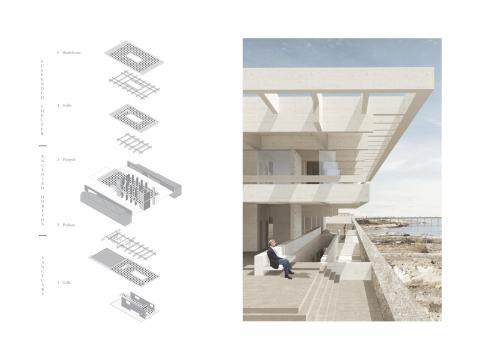
In 1974, a war has irrevocably separated Greeks & Turks in Cyprus. From then, the two communities have lived back to back, separated by an an impassable border. Omitting their shared history and roots, both communities developed on each side an irreconcilable antagonism ingrained for generations. Since 2006, a dialogue has been restored and more Cypriots are dreaming of a united island despite the Historical mutual distrust.
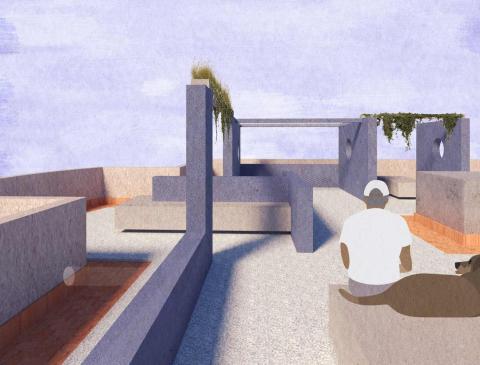
What if our cities already had the answers to some of our increasing needs as inhabitants?
Terrados is a project that stems from the initial idea of creating well-being spaces for Barcelona’s citizens without generating or building, but rather using the city’s rooftops: beautiful, isolated spaces that have fallen in disuse for many years now.
A net of installations scattered over the city rooftops that offer singular experiences in nature-inspired urban escapes.
Infinite Athletic has born from the need of circularity in the textile sector, being the 2nd polluter in the world.
It relies on our mission, based on our 3 C:
Circularity where all of our products are both 100% recycled and 100% recyclable
Chain which is totally local where we only spend 200 kilometers from the raw material collection to the final garments
Community which involve engaged users and structure for the sales and recollection of raw material and final used garments
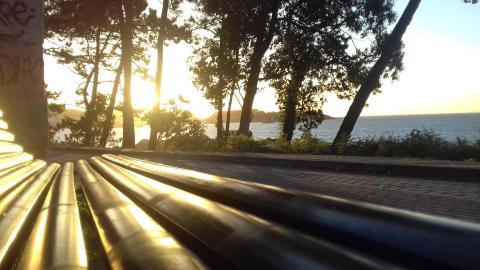
At this point in which urban conglomerates are returnig areas previously occupied for other uses to citizens and the general public, they could act as hotspots for not only decision-making, but also knowledge production. In addition to provide rest for the people, benches are essential elements in our cities, towns and neighbourhoods that make possible for people to get in touch with the nearest realities, share experiences and ideas, and discuss. Benches in public spaces are the new Ágoras.
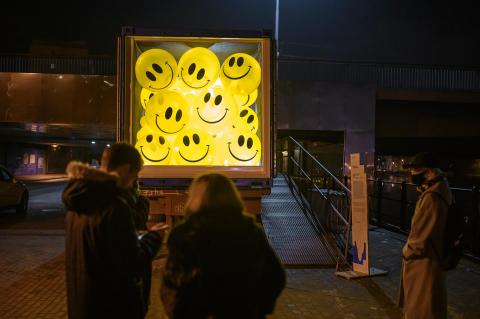
LKW Gallery is one of art objects of the Outdoor Gallery of the City of Gdańsk – a multi-functional truck jammed under a viaduct. It is an art installation and a place for cultural events integrating the local community. Over the years, it served as an educational space in which free workshops and holiday camps for children and youth from the Lower Town took place. During the pandemic, it was taken over by young local artists, and it became the artistic and cultural window of Gdańsk.
This small architectural form suggest a possible method or a potential product that would valorise the waste material in timber industry. When cutting out wooden wall elements from plate materials such as CLT (cross-laminated-timber), there are often leftovers like window and door openings. This residual material allows the wood to be seen as mid-scaled building blocks – neither log nor a whole wall, but a new LEGO piece for sustainable zero waste architecture.

The Wadden Sea Centre is contextual architecture under demanding conditions. It interprets traditional building techniques and conveys the importance of protecting one of the world's largest tidal areas. The building arises from a landscape characterized by endless horizontal lines, secluded farmhouses, and a relentless Western wind. In form and materiality, the Wadden Sea Centre is both a continuation and an interpretation of the place and the traditional thatched houses connected to the area.
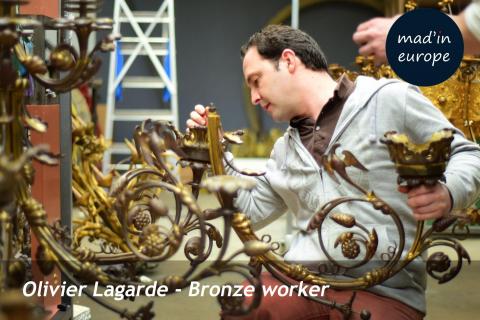
The multilingual portal Madineurope is gathering the European community of crafts and connecting it to the civil society and to professionals like architects, designers, and other stakeholders. It supports the crafts business, the transmission of knowhow to next generations and highlights the richness and diversity of techniques & materials, due to territorial roots and cultures. It’s transversal and digital approach makes crafts closer to people and helps crafts emerge from the crowd.
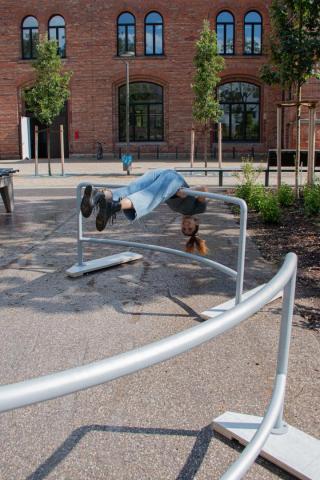
The varieties of cultures and identities, we see in vibrant cities is purely stunning. Yet our surroundings are designed to make us "passers-by". Straight architecture, installations and structures lead us to dismiss people around us.
The object “Seitenblick” is installed to change this behavior. In a very subconscious way, the participants are directed to look at each other. Nudging people to see different identities, as normal, beautiful, and various as they are.
